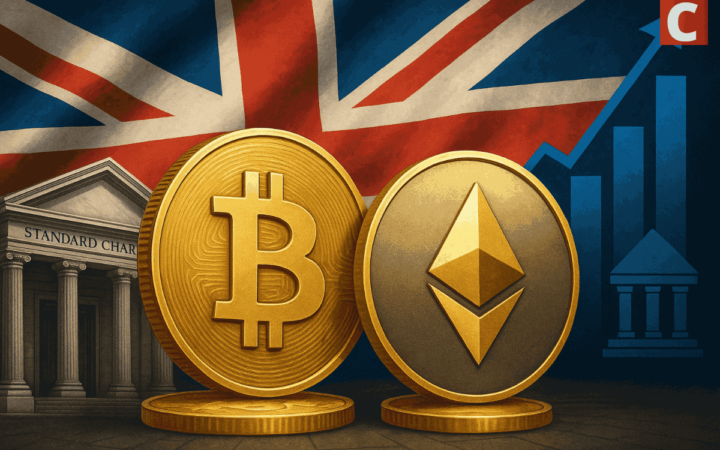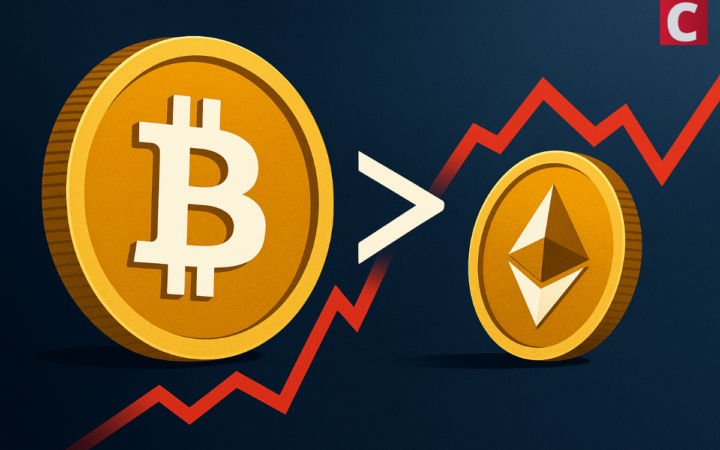
ETC: Technology First, Leader Next
Bitcoin Gold and Segwit2x have made the headlines these days. In terms of fork, there is more digital currencies than bitcoin that forked – Ethereum.
On 20 July 2016, Ethereum’s hard fork occurred at block 1,920,000 in order to resolve the DAO exploit. The blockchain then split into Ethereum Chain (ETH) and Ethereum Classic Chain (ETC).
Unlike ETH, ETC is the continuation of the default settings: decentralization, irreversibility, freedom from third-party inspection and being unstoppable. Therefore, the development process of ETC is more prudent and security-conscious.
A security-based policy
It’s widely known that ETC has launched its production cut plan which set out that the supply will be reduced by 20% per 5 million blocks on December 12 and this will continue until the total supply is controlled somewhere between 210 million and 220 million. An anti-inflation currency model under this policy will thus come into being to solidly underlie values for investors and developers.
In nature, the most important premise of the plan is to maintain cybersecurity and be self-reliant. A suitable monetary policy will indirectly promote the development of the network and provide a secure platform required for the development of all smart contracts. Large, high-risk, or high-value applications can be hard to come by without a secure network which will in turn attract many apps to develop there.
The Engineers: More technology than price
On the day before the implementation of the reduction plan, the ETC community held a forum on the future development of ETC and many ETC developers joined the discussion.
When asked about ETC price, the developers said, “We focus on technological development, our job, rather than price.” The has been pragmatically and steadily promoting the development of ETC. They’d rather slow down the development progress than do rash experiments. This would avoid users’ future loss caused by irreversible errors. By now, the team is working hard to make ETC more stable, more flexible and full-fledged. A dedicated and mature team is a good foundation for the rise of token price.
ETC on apps
ETC lags behind ETH in applications. However, it is also accelerating to narrow the gap. ETC is a universal blockchain smart contract platform that can run a variety of potential applications, such as IoT applications. ETC is currently working on several new projects, such as replacing the existing EVMs (Ethereum Virtual Machines) with SputnikVM for faster speed and more compatibility with IoT; Emerald Project provides a platform for Dapp developers; and more tools to integrate external services into ETC.
The potential use cases of ETC are very broad and theoretically include most of the applications that require trust and contract. There is special advantage in developing IoT applications on the ETC platform: stable and secure network, fixed cap, capacity expansion, privacy transaction, payment machine, etc. The combination of IoT and ETC will transfer more apps to the ETC network.
The development of ETC gives precedence to technology and concentrates on technological development and applications, which does good to digital currency. A technology-based token will only end up dying if it fails to keep a balance between marketing and technology. This is why ETC is technology-focused and will become a decentralized and tamper-proof public infrastructure that lead the industry.
Disclaimer: This publication is sponsored. Coinspeaker does not endorse or assume responsibility for the content, accuracy, quality, advertising, products, or other materials on this web page. Readers are advised to conduct their own research before engaging with any company mentioned. Please note that the featured information is not intended as, and shall not be understood or construed as legal, tax, investment, financial, or other advice. Nothing contained on this web page constitutes a solicitation, recommendation, endorsement, or offer by Coinspeaker or any third party service provider to buy or sell any cryptoassets or other financial instruments. Crypto assets are a high-risk investment. You should consider whether you understand the possibility of losing money due to leverage. None of the material should be considered as investment advice. Coinspeaker shall not be held liable, directly or indirectly, for any damages or losses arising from the use or reliance on any content, goods, or services featured on this web page.




